Explores both reflection and rotational symmetry with this classroom poster.
So Your Students Are Studying Symmetry?
Understanding symmetry helps children develop their spatial reasoning skills, which are essential for many areas of mathematics and science. By exploring symmetry, children learn to:
- Identify and describe patterns,
- recognise similarities and differences in 2D shapes, and
- make predictions about geometric shapes and figures.
There are two types of symmetry, which are explained in this poster:
Reflectional symmetry: In this type of symmetry, an object can be divided into two equal halves along a line called the line of symmetry. The two halves are mirror images of each other. Many everyday objects like faces, butterflies, and snowflakes have lines of symmetry.
Rotational symmetry: In this type of symmetry, an object can be rotated around a point called the center of symmetry and still look the same in its original position. The angle of rotation required to bring the object back to its original position is called the angle of rotational symmetry. Some examples of objects with rotational symmetry include circles, squares, and stars.
Both reflection symmetry and rotational symmetry are important concepts in geometry and are used to describe and analyze the properties of shapes and figures.
How to Make the Most of Your Symmetry Poster
- Print the poster on larger paper and display it in your classroom for students to reference when doing independent work.
- Print the poster on regular-sized, slip it into a clear sleeve, and use it in your guided maths groups as a reminder.
- Print the poster on regular paper, slide it into a clear sleeve, and hang it on a ring as a reference tool for a resource centre.
We’ve also come up with bonus ways to turn posters into interactive tools that really make your lessons stick!
📝 Create a fill-in-the-blank worksheet by removing selections of text.
📂 Place copies in students’ homework folders for reference.
💻 Provide posters as digital resources for virtual students or homework tasks.
🧠 Test students’ memories by showing them the poster, then hiding it and having them tell you what they remember.
✅ Incorporate posters into your lesson wrap-up: students write on a sticky note what they learned from the lesson and place it on the poster.
Spend more time lesson-doing and less time lesson-planning when you grab these activities and teaching resources too!
| [resource:2659658] [resource:4230358] [resource:4933413] |
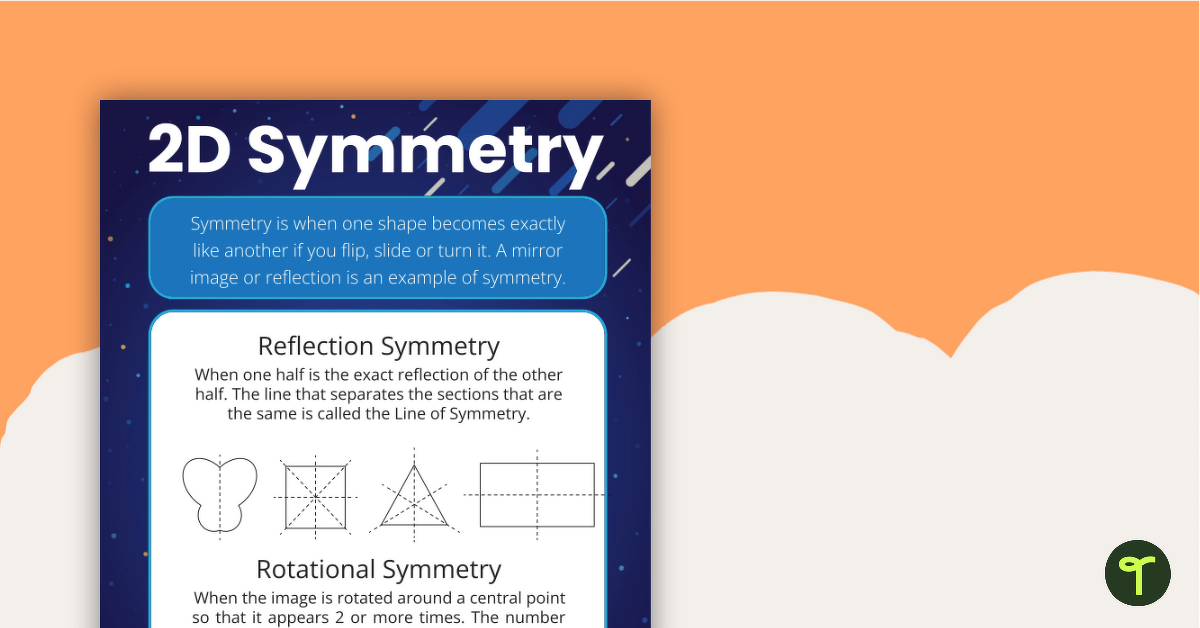

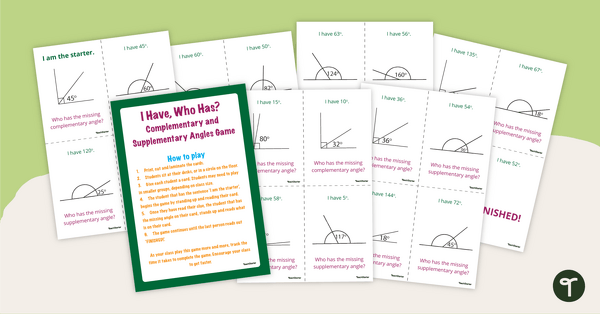
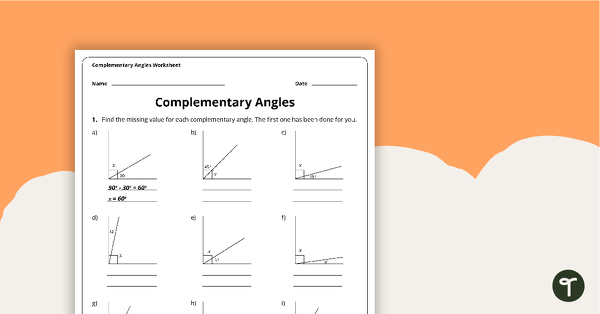
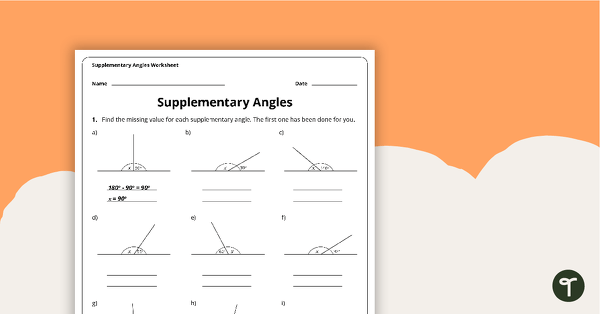

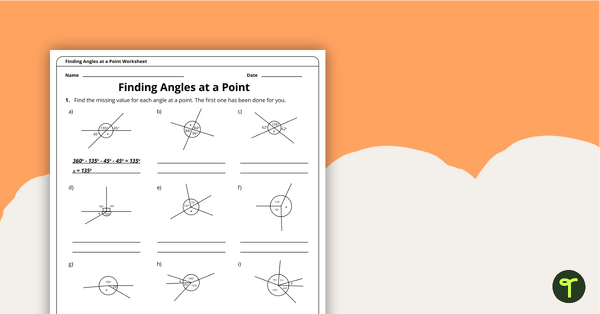
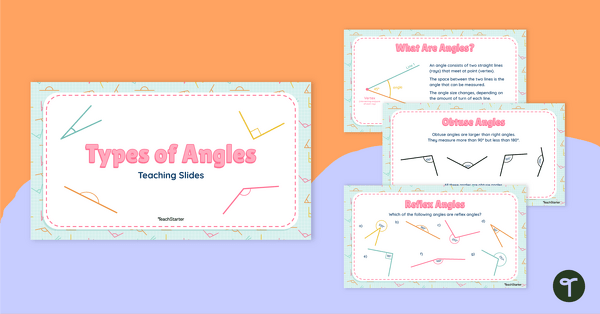
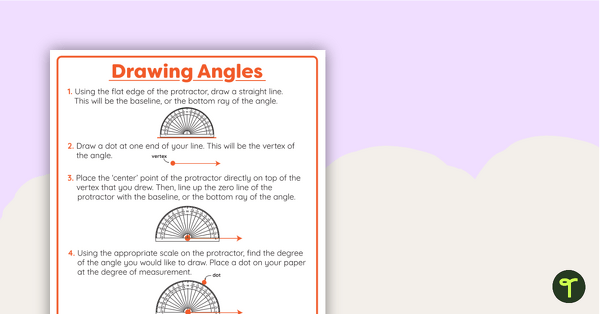


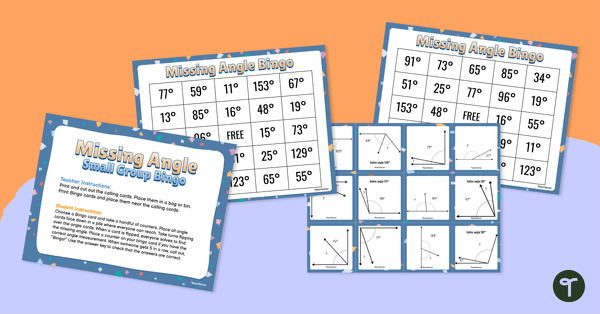
0 Comments
Write a review to help other teachers and parents like yourself. If you'd like to request a change to this resource, or report an error, select the corresponding tab above.